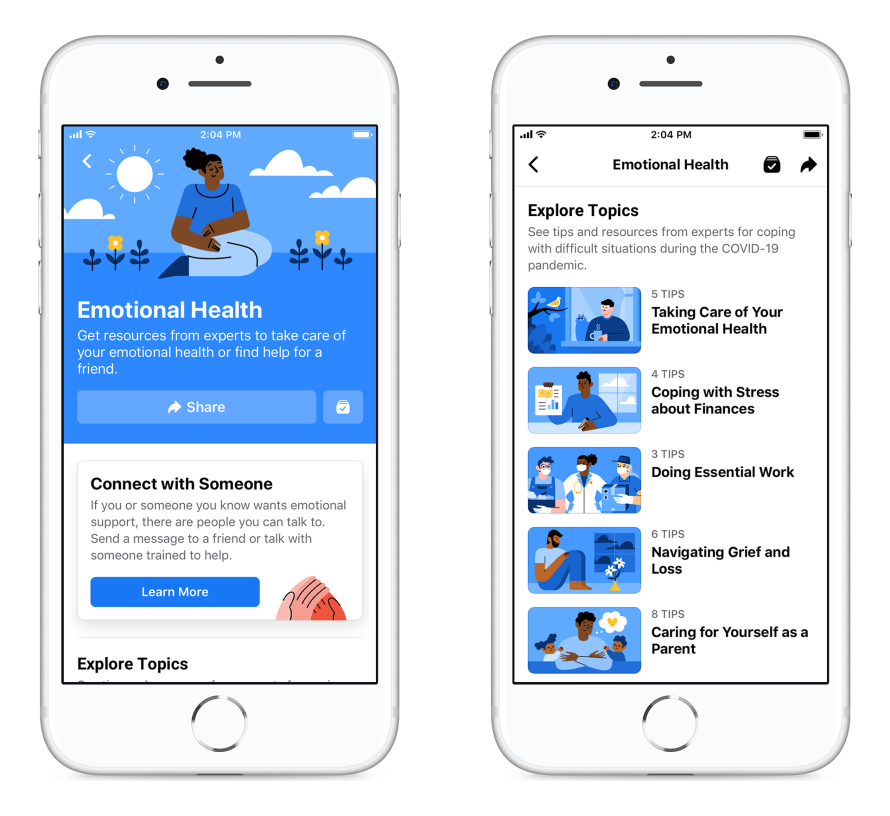An online recommendation engine, such as Everfi, utilizes algorithms to suggest personalized content based on user data. By analyzing user behavior and preferences, it offers tailored recommendations to enhance the user experience.
Online recommendation engines play a crucial role in guiding users towards relevant products or services, ultimately increasing engagement and customer satisfaction. Businesses leverage these engines to optimize their marketing strategies and boost sales by providing users with suggestions that align with their interests.
Through the use of sophisticated algorithms, online recommendation engines continuously refine their recommendations to deliver accurate and valuable content to users. With the ever-growing demand for personalized experiences, the role of recommendation engines has become increasingly vital in the digital landscape.
Understanding Online Recommendation Engines
An online recommendation engine is a set of software algorithms that uses past user data and similar content data to make recommendations for a specific user profile. It suggests a variety of products and services to users, based on the insights drawn from their internet behavior.
Introduction To Recommendation Engines
An online recommendation engine is a set of software algorithms that analyze user data and similar content to provide personalized recommendations based on user preferences.
Power Of Algorithmic Suggestions
Recommendation engines use algorithms to interpret user behavior and preferences to offer tailored suggestions, enhancing user experience and driving engagement.

Credit: about.fb.com
Key Components Of An Online Recommendation Engine
An online recommendation engine is a powerful tool that utilizes software algorithms and user data analysis to provide personalized suggestions and recommendations to users. To understand the inner workings of an online recommendation engine, it is essential to delve into its key components:
1. Software Algorithms
Software algorithms are the backbone of any online recommendation engine. These complex mathematical formulas and procedures are designed to analyze vast amounts of data and make accurate predictions based on user preferences and behavior. They take into account factors such as past purchases, browsing history, demographic information, and more to generate relevant recommendations.
2. User Data Analysis
User data analysis is a critical component of an online recommendation engine. It involves the collection, processing, and interpretation of user data to gain insights into their preferences and interests. By analyzing user behavior, interactions, and feedback, the recommendation engine can create personalized experiences by understanding individual tastes and preferences.
The data analysis process takes into account various aspects, including:
This extensive analysis enables the recommendation engine to generate tailored recommendations that align with each user’s unique preferences.
Conclusion
By leveraging advanced software algorithms and in-depth user data analysis, online recommendation engines can provide personalized recommendations that enhance user experiences and drive engagement. These key components ensure that users receive relevant suggestions, leading to increased customer satisfaction and improved business outcomes.
Types Of Recommendation Algorithms
An online recommendation engine utilizes algorithms to analyze user data and similar content, generating personalized recommendations based on user profiles. These software systems help suggest products or content of interest to users.
Collaborative Filtering
Collaborative filtering is one of the most commonly used recommendation algorithms. It leverages the data obtained from multiple users to generate personalized recommendations. This algorithm analyzes the behavior and preferences of a target user and suggests items that similar users have found appealing. It looks for patterns in user behavior and predicts what the target user would like based on these patterns.
Collaborative filtering can be further divided into two types: user-based and item-based. User-based collaborative filtering focuses on finding similar users and recommending items that those users have liked. On the other hand, item-based collaborative filtering suggests similar items based on the preferences of users who have shown interest in the same items. By using collaborative filtering, online recommendation engines can provide users with highly relevant suggestions, promoting user satisfaction and engagement.
Content-based Filtering
Content-based filtering is another popular type of recommendation algorithm used by online recommendation engines. This algorithm focuses on the characteristics and properties of the items themselves rather than relying on user behavior. It analyzes the attributes of the items, such as genre, keywords, or metadata, and recommends items that are similar in content to what the user has previously shown interest in.
Content-based filtering is effective for providing recommendations in situations where user history and preferences are limited or unavailable. It allows the system to understand the features of items in-depth and suggest items with similar characteristics. By utilizing content-based filtering, online recommendation engines can offer personalized recommendations that align with the individual user’s taste.
In conclusion, both collaborative filtering and content-based filtering are essential tools used by online recommendation engines. Collaborative filtering leverages user behavior to generate recommendations, while content-based filtering focuses on the characteristics of the items themselves. By combining these algorithms, recommendation engines can provide users with a diverse range of relevant suggestions, enhancing the overall user experience.
Application Of Online Recommendation Engines
Online recommendation engines utilize algorithms to personalize user experiences by suggesting products and services based on data analysis.
Product Recommendations
Product recommendations provided by online recommendation engines are tailored to individual user preferences and behaviors.
Service Suggestions
Service suggestions offered by these engines assist users in discovering relevant services that align with their needs.
Benefits Of Implementing Recommendation Engines
Online recommendation engines are powerful tools that can significantly enhance user experience and increase user engagement. By utilizing advanced algorithms and data analysis, recommendation engines provide personalized and relevant suggestions to users, leading to improved customer satisfaction and retention.
Enhanced User Experience
Implementing recommendation engines can greatly enhance the overall user experience on a website or platform. These engines analyze user behavior and preferences to offer tailored recommendations, making it easier for users to discover relevant content, products, or services.
Increased User Engagement
One of the key benefits of recommendation engines is the ability to increase user engagement. By offering personalized recommendations, users are more likely to stay engaged with the platform and explore additional content or products, ultimately leading to increased interaction and time spent on the site. This heightened engagement can also result in higher conversion rates and customer satisfaction.
Challenges And Considerations For Online Recommendation Engines
Data Privacy Issues
When it comes to online recommendation engines, data privacy is a significant concern. User data collected by these engines may include personal information such as browsing history, purchase behavior, and social interactions. This raises questions about how this data is collected, stored, and used. Implementing robust privacy policies and taking measures to secure this data is crucial to maintaining trust and compliance with data protection regulations.
Algorithm Bias
Algorithm bias is another important consideration for online recommendation engines. Biased algorithms can result in skewed recommendations, further reinforcing existing disparities and limiting diverse content exposure. This issue demands a thorough examination of the underlying algorithms to ensure fairness and inclusivity in the recommendations provided.

Credit: dot.la
Frequently Asked Questions On What Is An Online Recommendation Engine Everfi
What Is An Online Recommendation Engine Quizizz?
An online recommendation engine, like Quizizz, uses algorithms to suggest content based on user data and preferences.
What Is An Algorithm In Everfi?
An algorithm in Everfi is a set of software instructions that uses past user and content data to make recommendations for a specific user profile. It helps in making sense of data gathered about web visitors and customers to suggest products or content they might be interested in.
What Is An Online Recommendation Engine A Set Of Algorithms?
An online recommendation engine is a set of algorithms that uses past user data and similar content data to make personalized recommendations. It analyzes data gathered about web visitors, customers, and prospects to suggest products or content they might be interested in.
What Are Assessment Online Recommendation Engines Typically Based On?
Assessment online recommendation engines are typically based on collaborative and content-based filtering techniques.
What Is An Online Recommendation Engine?
An online recommendation engine is a set of software algorithms that uses past user data and similar content data to make personalized recommendations.
Conclusion
An online recommendation engine uses algorithms to provide tailored suggestions based on user data. It enhances user experience and helps in decision-making. By analyzing past behaviors, recommendations offer personalized content to users. This technology continues to evolve for better user engagement.












































Leave a Reply